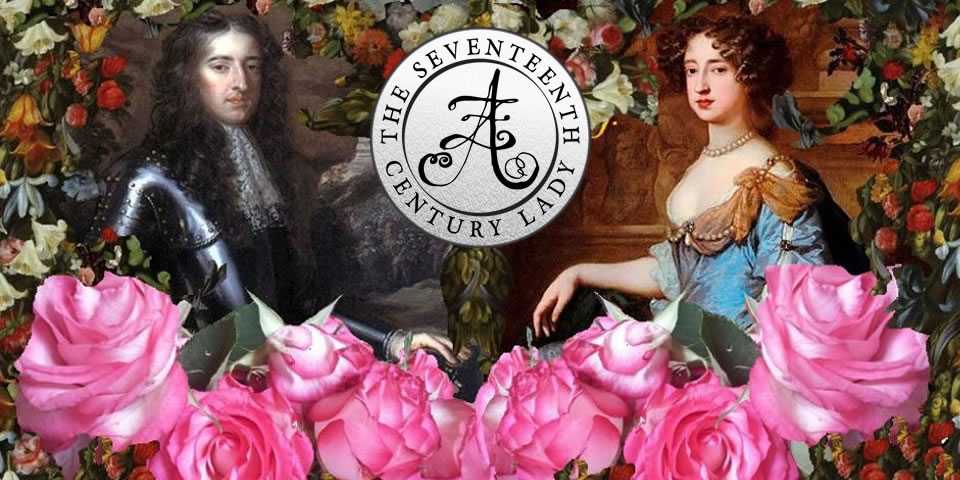James I of England, VI of Scotland, died on the 27th of March, 1625. He ruled over what is commonly referred to as the Jacobean era, which witnessed a continuance in the flourishing of art and theatre with the likes of William Shakespeare. Sir Walter Raleigh was executed under James I, and the infamous Gunpowder Plot of 1605 occurred during the early part of his reign.
James was the son of Mary, Queen of Scots and her syphilitic husband, Lord Darnley. Mary, a descendent of the Tudors herself, and a Queen as well, was found to have been conspiring with others to overthrow the Protestant Elizabeth and become a Catholic Queen of England. The last Tudor, Elizabeth, had begrudgingly had Mary, Queen of Scots tried and beheaded in Fotheringhay Castle, Northamptonshire (which no longer exists, save for masonry remains). She was interred in Westminster Abbey – where her tomb has become popular with tourists.
Her son, James, had been brought up a Protestant and had long been thought of as a potential heir to Elizabeth’s throne. Elizabeth, as you may recall, had never married.
James married Anne of Denmark, with whom he had several children including: Henry Stuart, Elizabeth of Bohemia (Winter Queen) and Charles. Handsome, healthy, wise Henry was supposed to inherit the throne from James, but was cut down by fever (probably Typhoid) in his late teens and died. Read more about Henry in this previous post, The Lost Prince.
Since his eldest son Henry had died, upon James’s death, the throne passed to his shy, stubborn, stuttering son Charles. Charles was a weak man, but a man who loved his family greatly. He had been brought up to believe that God had chosen his family to reign, and he stubbornly clung to this belief, a belief that he had painted upon the ceiling at the Banqueting House – of his father, James I ascending into Heaven.
Charles married the Catholic French Princess, Henrietta Maria, and they both indulged in masques and entertainments at their court. But, trouble began to brew and his country was plunged into years of Civil War and strife. Charles I’s reign would end in tragedy with his gruesome beheading outside that Banqueting House of Whitehall Palace in the winter of 1648/49, his throne and palaces usurped by Cromwell, and his wife Henrietta Maria and their children forced into exile and poverty.

Five Children of King Charles I, Van Dyck. Image: The National Portrait Gallery, London.
Two of Charles and Henrietta Maria’s sons would become Kings following the Restoration: Charles II and James II.

Charles II. Image: The National Portrait Gallery, London.

King James II by Sir Godfrey Kneller, Bt. Image: The National Portrait Gallery, London. [Don’t get confused between Jacobean (from James I’s time) and Jacobites (followers of James II), which gets even more confusing if you had Jacobins from 18th Century Revolutionary France! 😛 ]

King William III. Image: The National Portrait Gallery, London.
Despite the many troubles faced by the Stuarts, their reigns witnessed great change in government and the structure of the monarchy itself.




I watched in my childhood the movie Cromwell and felt a strange empathy with Charles I that came all out of the sudden, something about the way Alec Guiness portrayed the man, his speech and his demeanour, made me feel sorry for the man; I was hoping that someone at the last minute would come to the rescue while he was walking towards the dais, but deep inside I knew better.